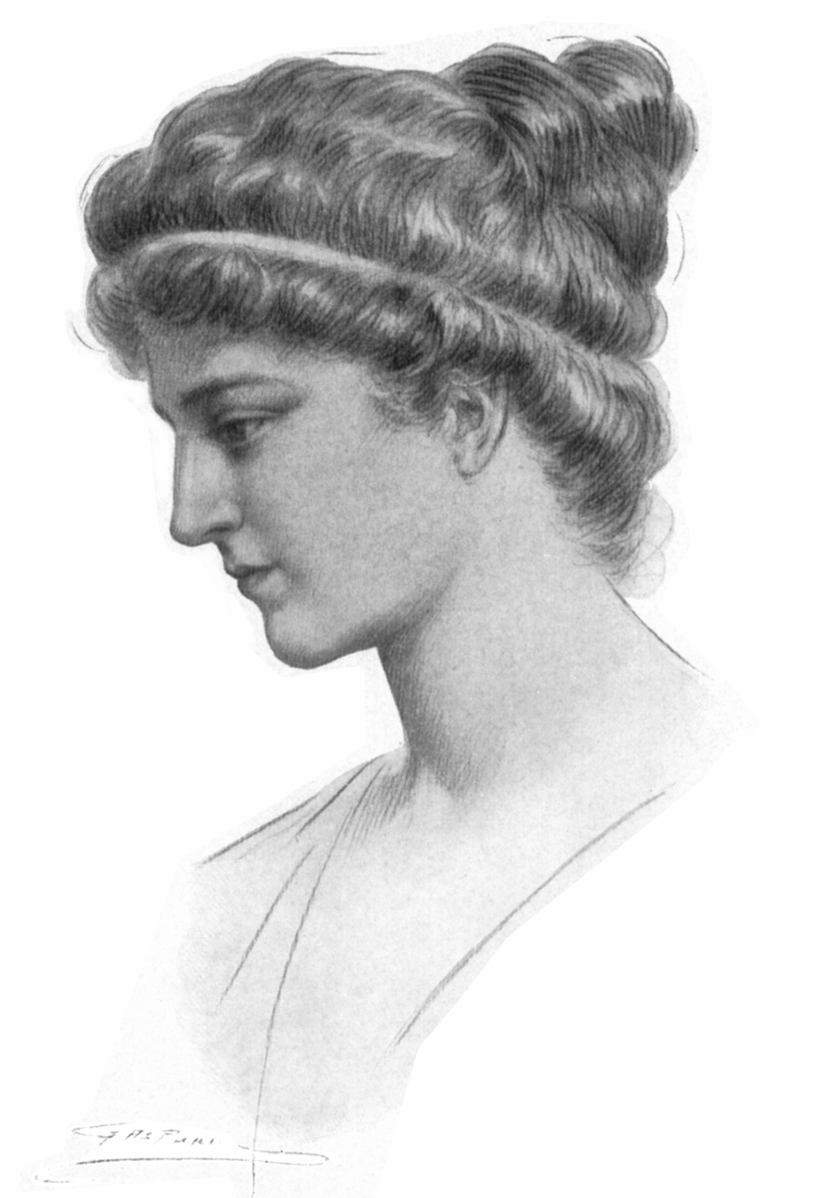Introduction:
This lesson demonstrates a theorem of geometry established over 2300 years ago.
Background
The original theorem, as stated by the Greek mathematician, Euclid, is the sum of the interior angles of a triangle equal two right angles. This statement requires us to know the size of a right angle. To simplify the theory in current terms, most books in geometry state the sum of the interior angles of a triangle equals 180 degrees. This statement requires us to know the meaning of 180 degrees so another rewording of the theorem is the sum of the interior angles of a triangle form a straight line.
Lesson
Stack three pieces of paper together. Cut through the three pieces at one time to make three identical triangles – the size and shape of your choosing. Just make sure all three triangles are the same.
Write on the interior angles (corners) of each of the triangles a, b, c.
Next, set down one of the triangles.
Next, rotate the second triangle and place next to the first so angle b of the first triangle is next to angle a of the second triangle.
Next, rotate the third triangle so angle c is adjacent to angle a of the middle triangle. Finally, with the edge of a ruler or the edge of a piece of paper, confirm that the sum of the three angles, a + b + c, form a straight line.
Historical notes:
Reviewing the original Greek proof of this theorem requires additional background in geometric terms and basic axioms of geometry – the proof results in the same addition of the three angles (A, B, C) are shown by three different colors. See Useful Links below for additional information.
(By Master Uegly - Own work, Public Domain, https://commons.wikimedia.org/w/index.php?curid=39450205)
Note to parents or instructors:
It is possible that one of the triangles might flip over after cutting. This should not change the result as flipping over a triangle doesn’t change the angle of its corners. What is important is that the three different corners are put together (a, b, c); a straight line may not result if two or more of the corners placed together are the same such as (a, b, b) or (c, c, c).
Variations:
1. Try the experiment with three isosceles triangles (a triangle with two equal sides).
2. Try the experiment with three equilateral triangles (a triangle with three equal sides).
Useful links:
https://en.wikipedia.org/wiki/Sum_of_angles_of_a_triangle
https://en.wikipedia.org/wiki/Euclidean_geometry










